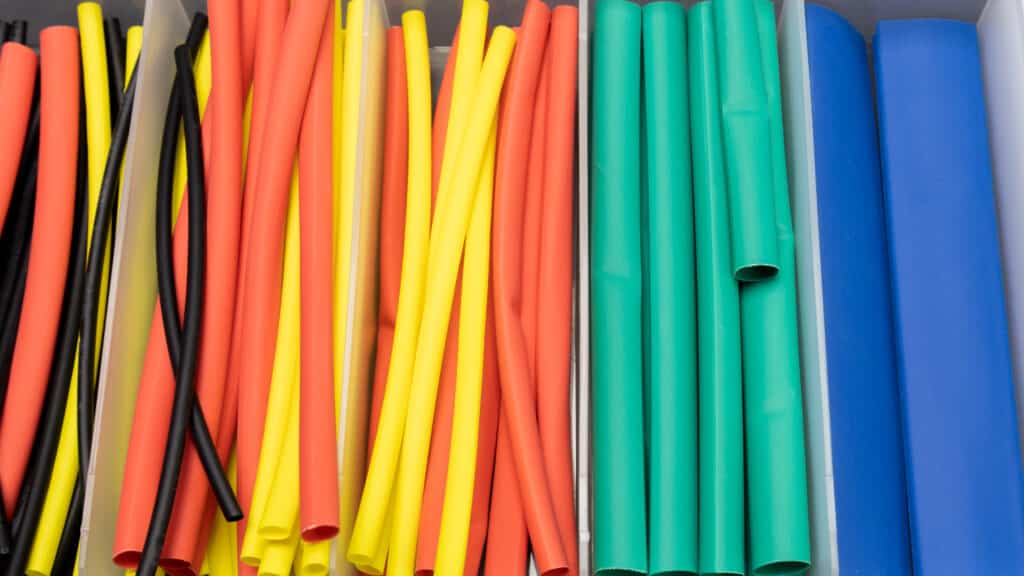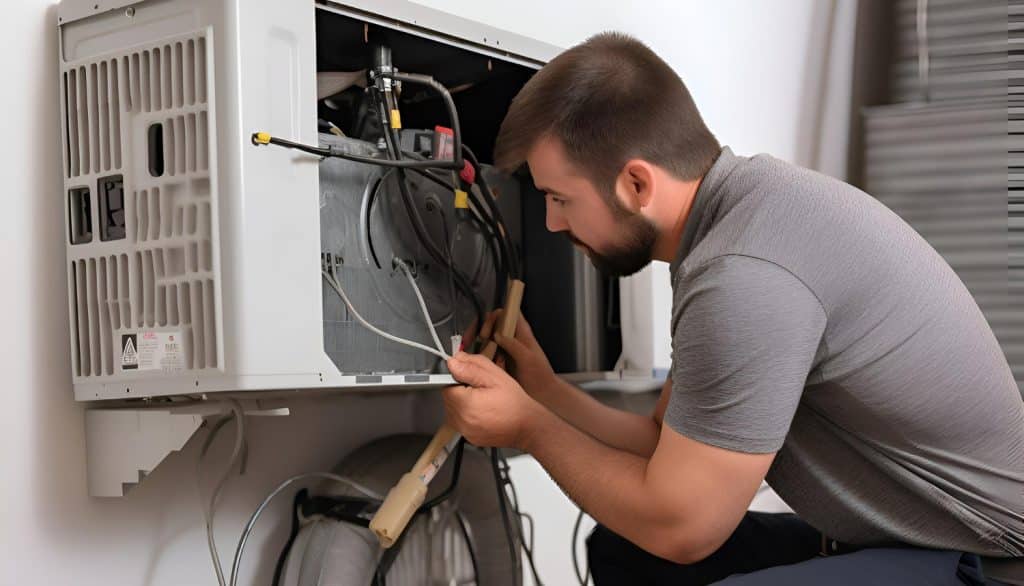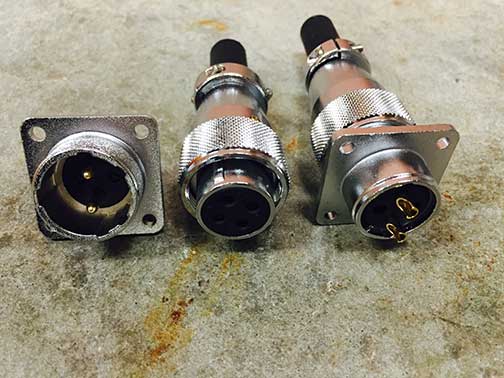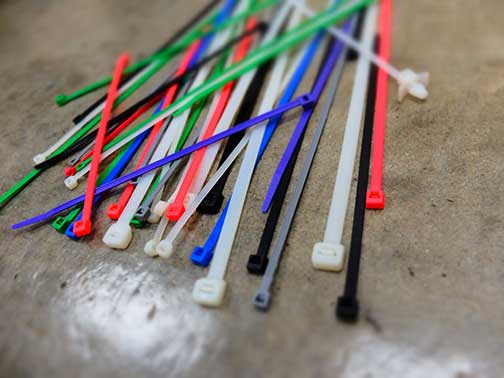One crucial aspect of heat shrink tubing is its temperature rating, vital in determining its suitability for specific applications. In this blog post, we will delve into the importance of temperature ratings and how they impact the performance of shrinkable tubing.
Understanding Temperature Rating
Temperature ratings refer to the range of temperatures within which a material can function optimally without compromising its structural integrity or performance. In heat shrink tubing, the temperature rating indicates the tubing limits regarding exposure to heat, cold, or extreme temperatures.
Factors Affecting Temperature Ratings
Material Composition
Different heat shrink tubing materials have varying temperature resistance properties. Common materials include polyolefin, PVC, fluoropolymer, and elastomers. Each material has its unique characteristics, making it suitable for specific applications.
Operating Environment
The intended use of heat shrink tubing determines the environmental conditions it will face. For example, aerospace and automotive applications may require heat shrink tubing with high-temperature resistance to withstand engine heat. In contrast, outdoor applications may demand resistance to UV radiation and extreme weather conditions.
Application-Specific Requirements:
Certain industries or applications may have specific temperature requirements. For instance, electronics and electrical components often require heat shrink tubing with excellent insulation properties to protect against heat generated during operation.
Importance of Temperature Ratings in Shrinkable Tubing
Preventing Melting or Deformation
The primary purpose of heat shrink tubing is to provide protection. If the tubing is exposed to temperatures beyond its rating, it may melt or deform, compromising its ability to shield and insulate components effectively.
Ensuring Longevity
Heat shrink tubing with the appropriate temperature rating ensures the components’ longevity. Components exposed to extreme temperatures without proper insulation are more susceptible to damage and may have a shorter lifespan.
Meeting Safety Standards
Various industries have safety standards and regulations that require using materials with specific temperature ratings. Adhering to these standards is crucial for ensuring the safety and reliability of products.
Temperature ratings are a critical factor to consider when selecting heat shrink tubing for any application. Understanding your project’s operating environment, material composition, and specific requirements will help you choose the right heat shrink tubing with an optimal temperature rating. Doing so can ensure the durability, reliability, and safety of the components you work with, making heat shrink tubing an indispensable tool in numerous industries. For all your heat shrink tubing questions, you can contact our expert team at:





